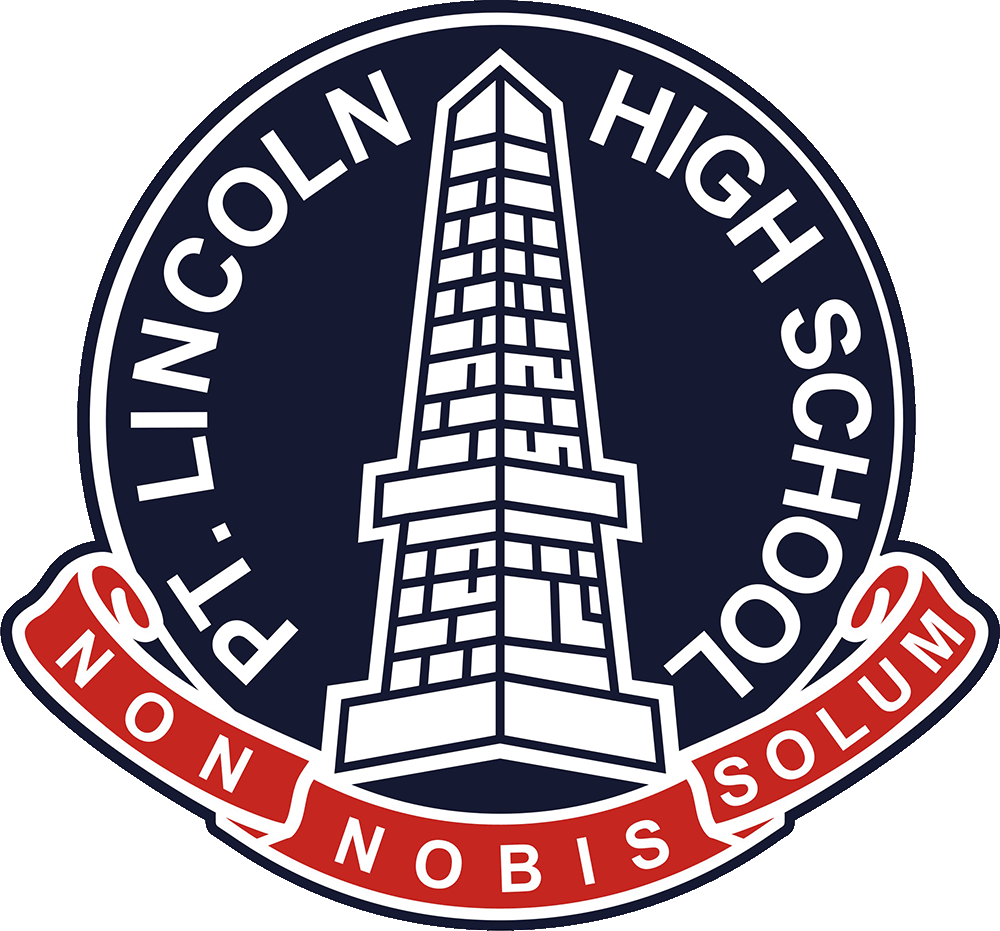- Year 7 Curriculum
- Year 8 Curriculum
- Year 9 Curriculum
- Year 10 Curriculum
- Year 11 (Stage 1) Curriculum
- Year 12 (Stage 2) Curriculum
- Vocational Education and Training (VET) & Flexible Industry Pathways (FIPs)
- Bridge (Better Behaviour Unit)
- Transition & Learning Centre (TLC)
- Intervention Programs
- Local Delivery

